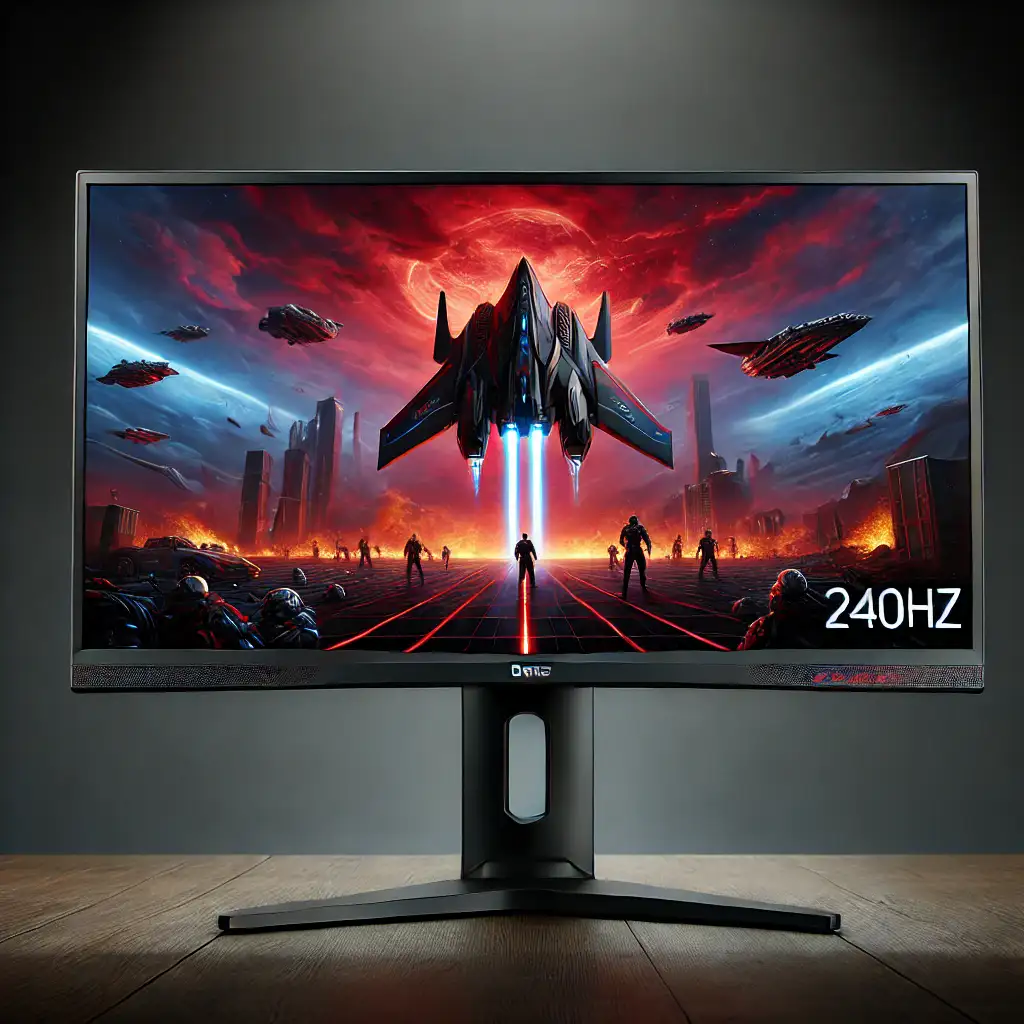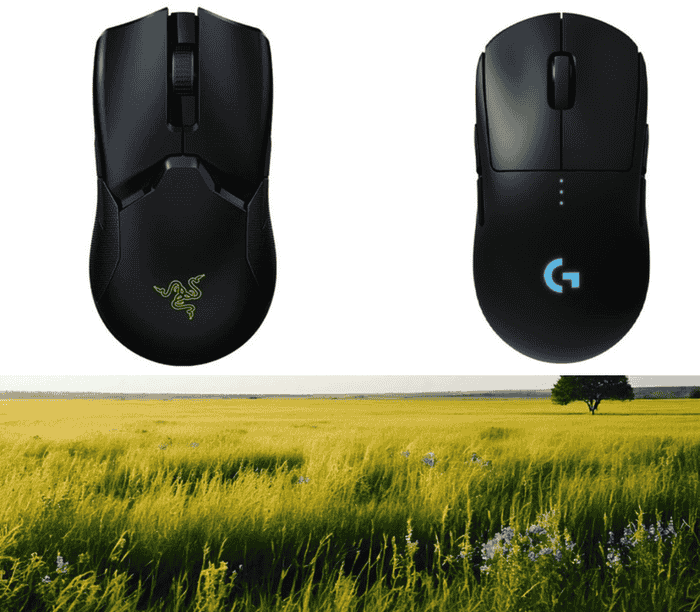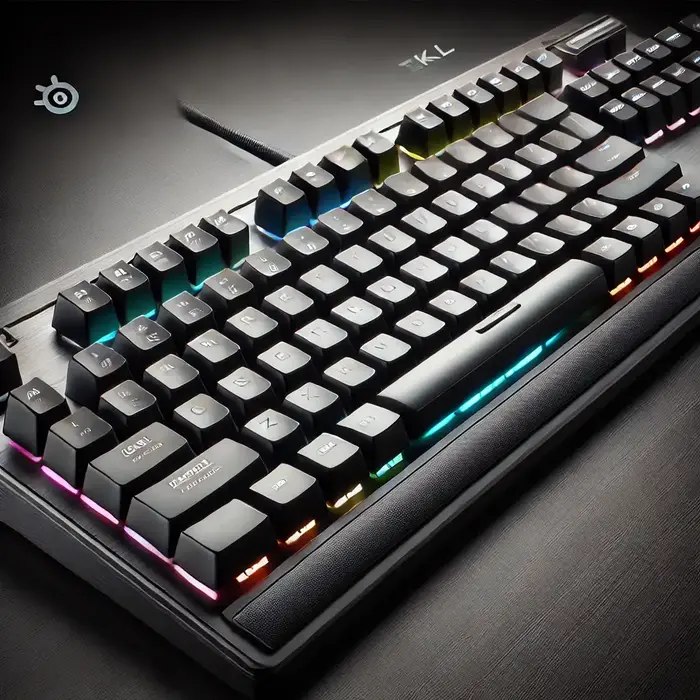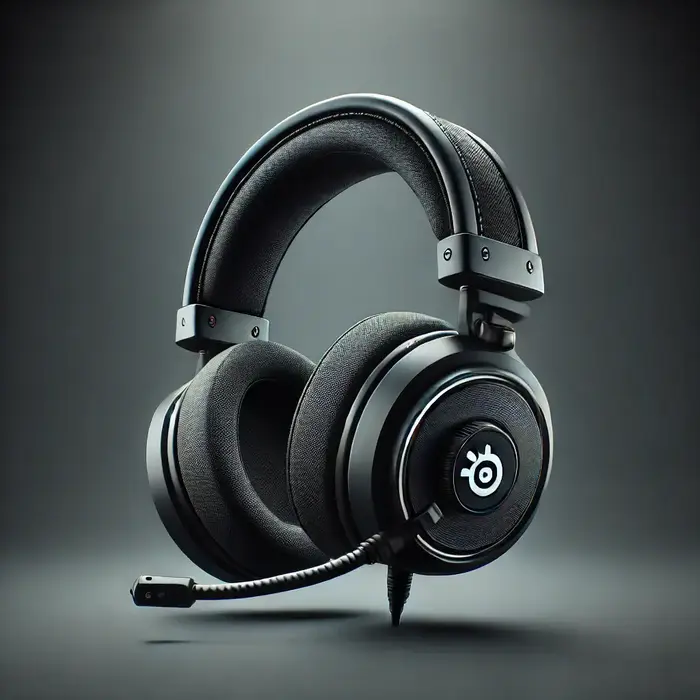Introduction:
Valorant is a fast-paced tactical shooter where every second counts, and having the right setup can make the difference between victory and defeat. Whether you’re a casual player or aspiring to climb the ranks, here is the ultimate guide to building the best Valorant setup for peak performance.
1. Essential Hardware for Valorant
1.1 Gaming PC
Valorant is optimized for a wide range of PCs, but competitive play demands higher FPS and smoother performance.
- Processor (CPU): AMD Ryzen 5 5600X or Intel Core i5-12400
- Graphics Card (GPU): NVIDIA GTX 1660 Super or AMD Radeon RX 6600 for consistent high FPS
- RAM: At least 16GB DDR4
- Storage: 256GB or above SSD for faster loading times
1.2 Monitor
Recommended Specs:
- Refresh Rate: 144Hz or higher for fluid gameplay
- Response Time: 1ms for minimal input lag
- Resolution: 1920×1080 (Full HD) for competitive clarity
Top Pick: BenQ Zowie XL2546K (240Hz and DyAc technology)

1.3 Mouse
Precision and speed are critical in Valorant.
Key Features:
- DPI: Adjustable (400-1600 DPI is common for pro players)
- Lightweight design for better control
Top Choices: Logitech G Pro X Superlight and Razer Viper Ultimate

1.4 Keyboard
A responsive mechanical keyboard improves reaction time.
Key Features:
- Switch Type: Linear (e.g., Cherry MX Red or Gateron Red)
- TKL (Tenkeyless) design for more desk space
Top Picks: SteelSeries Apex Pro TKL or Corsair K70 RGB TKL

1.5 Headset
Clear audio is essential for pinpointing enemy locations.
Key Features:
- 7.1 Surround Sound
- Comfortable design for long sessions
Top Picks: HyperX Cloud II or SteelSeries Arctis 7

1.6 Mousepad
A high-quality mousepad ensures smooth and precise aiming.
Top Pick: Logitech G640 or SteelSeries QcK Heavy
2. Optimal In-Game Settings
2.1 Graphics Settings
Valorant is all about performance. Adjust your settings for maximum FPS:
- Resolution: 1920×1080 (native resolution)
- Graphics Quality:
- Material Quality: Low
- Texture Quality: Low
- Detail Quality: Low
- UI Quality: Low
- Vignette: Off
- VSync: Off
- Anti-Aliasing: MSAA 2x (or none)
- Anisotropic Filtering: 4x
- Improved Clarity: On
- Bloom: Off
- Distortion: Off
- Shadows: Off
2.2 Sensitivity Settings
Finding the ideal sensitivity is crucial for maintaining both precision and consistency in your aim.
- DPI: Start with 800 DPI (popular among pros)
- In-Game Sensitivity: Adjust between 0.3 – 0.6 based on preference
- eDPI (DPI x In-Game Sensitivity): Aim for 200-400 eDPI
- Scoped Sensitivity: 1.0
2.3 Crosshair Settings
Your crosshair should be minimal and non-distracting.
General Settings:
- Color: Green or Cyan (visible against most backgrounds)
- Outlines: Off
- Center Dot: Off
Inner Lines:
- Thickness: 1
- Length: 4-6
- Offset: 2
Outer Lines: Off
3. Additional Tips for Competitive Edge
3.1 Internet Connection
- Connection Type: Wired Ethernet for stability
- Ping: Aim for under 30ms. Use tools like Speedtest to ensure low latency
3.2 Practice Routine
- Give your 15 to 30 minutes for practicing in aim trainers like Aim Lab for improved precision and reaction time.
- Use Valorant’s practice range to warm up before matches.
3.3 Comfortable Setup
- Desk: Ensure your desk height allows comfortable arm positioning.
- Chair: Use an ergonomic chair to maintain posture.
Conclusion
Building the best Valorant setup doesn’t have to break the bank. Prioritize smooth performance, consistent settings, and gear tailored to your preferences. With the right hardware and optimized settings, you’ll be well-equipped to dominate in Valorant. Happy fragging!
